Space
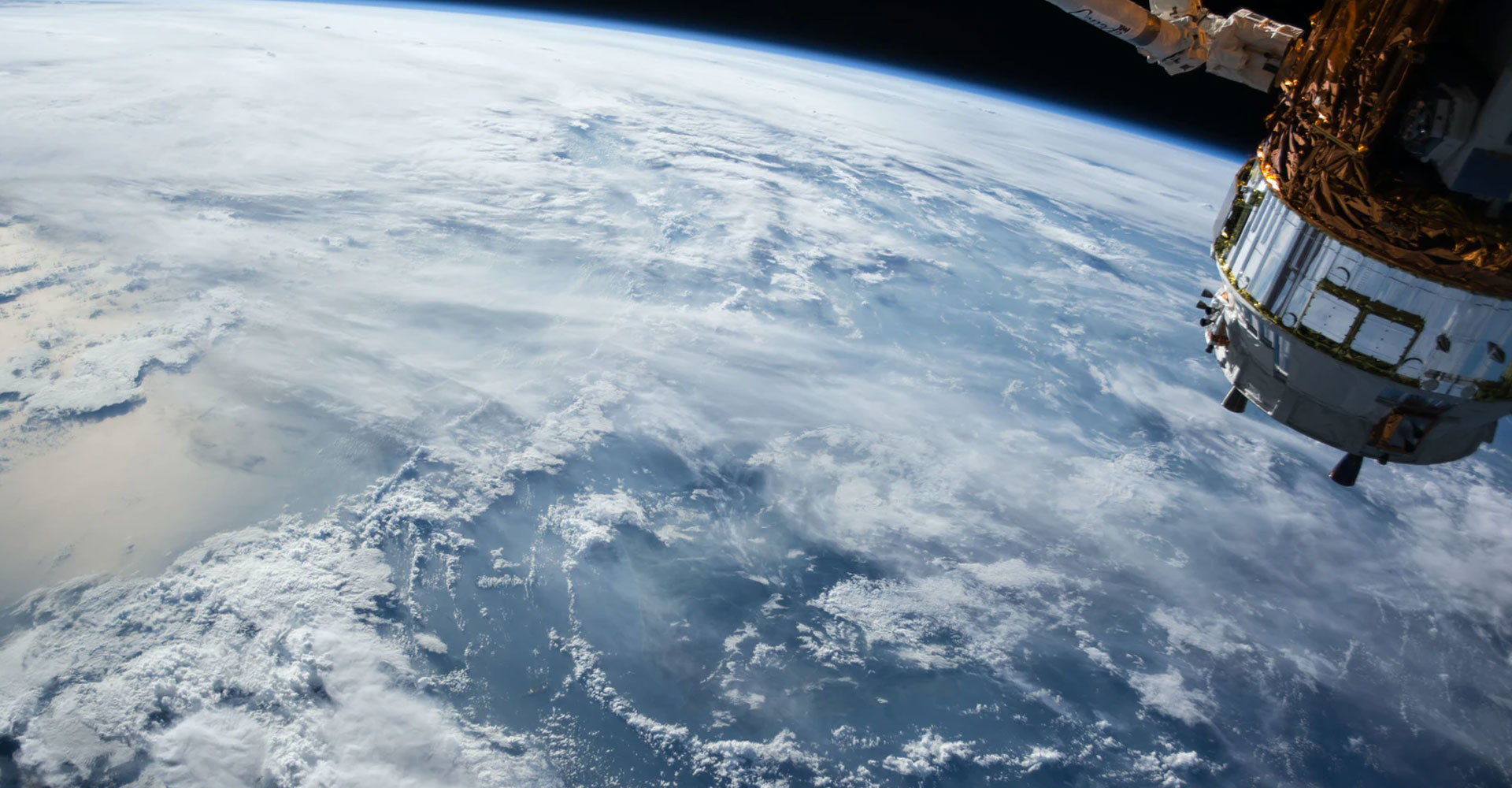
Over the last 10+ years, I have ran the spacecraft engineering gamut in various technical and leadership capacities. I remain invested in the Space industry and and continue to provide GNC training/services for academia and industry in Canada.
I have contributed to joint NASA and ESA interplanetary missions (Cassini/Huygens) sent beyond Mars and helped develop over 10 satellites, many for which I was directly responsible as the lead Guidance, Navigation and Control (GNC) engineer. My designs, algorithms and contributions are utilized on the following spacecraft, many of which are currently operating in space.
- Kepler GEN1 Cluster (Kepler) - IoT
- GHGSat-D/C (GHGSat) - Greenhouse gas sensing
- Hawkeye Pathfinder (HawkEye) - RF mapping
- Gray Jay Constellation (DRDC) - Military R&D
- AISSat-1/2 (FFI) - Maritime vessel detection
- DMSat-1 (MBRSC)- Aerosol remote sensing
- EV-9 (exactEarth) - Maritime vessel detection
- NEMO-HD (Space-SI) - Earth observation
- CanX-4/5 (DRDC) - Formation flying
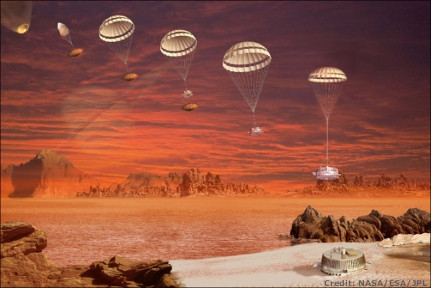
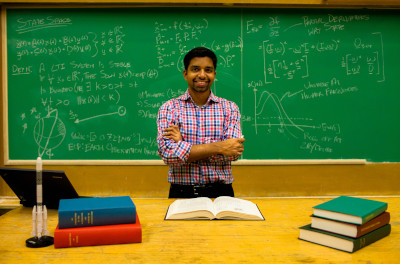
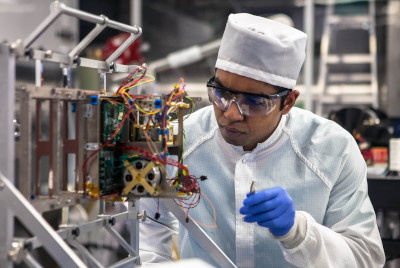
Spacecraft Engineering
As the GNC lead for multiple satellite missions, I have direct experience from Phase 0 (mission identification) to Phase E (utilization) of the standard mission lifetime cycle. My responsibilities varied from negotiating ITAR contracts and leading design reviews to attitude control system (ACS) design, hardware calibration and on-orbit commissioning. My extensive record also includes pioneering remote sensing missions at the Space Flight Laboratory, where this technology is used to track the Earth at accuraces up to 20 arcminutes (from 650 km). My work has been published in Optical Payloads for Space Missions (John Wiley & Sons, 2016) and international conferences where I have represented Canada. A comprehensive representation of my skills and experience is shown below.
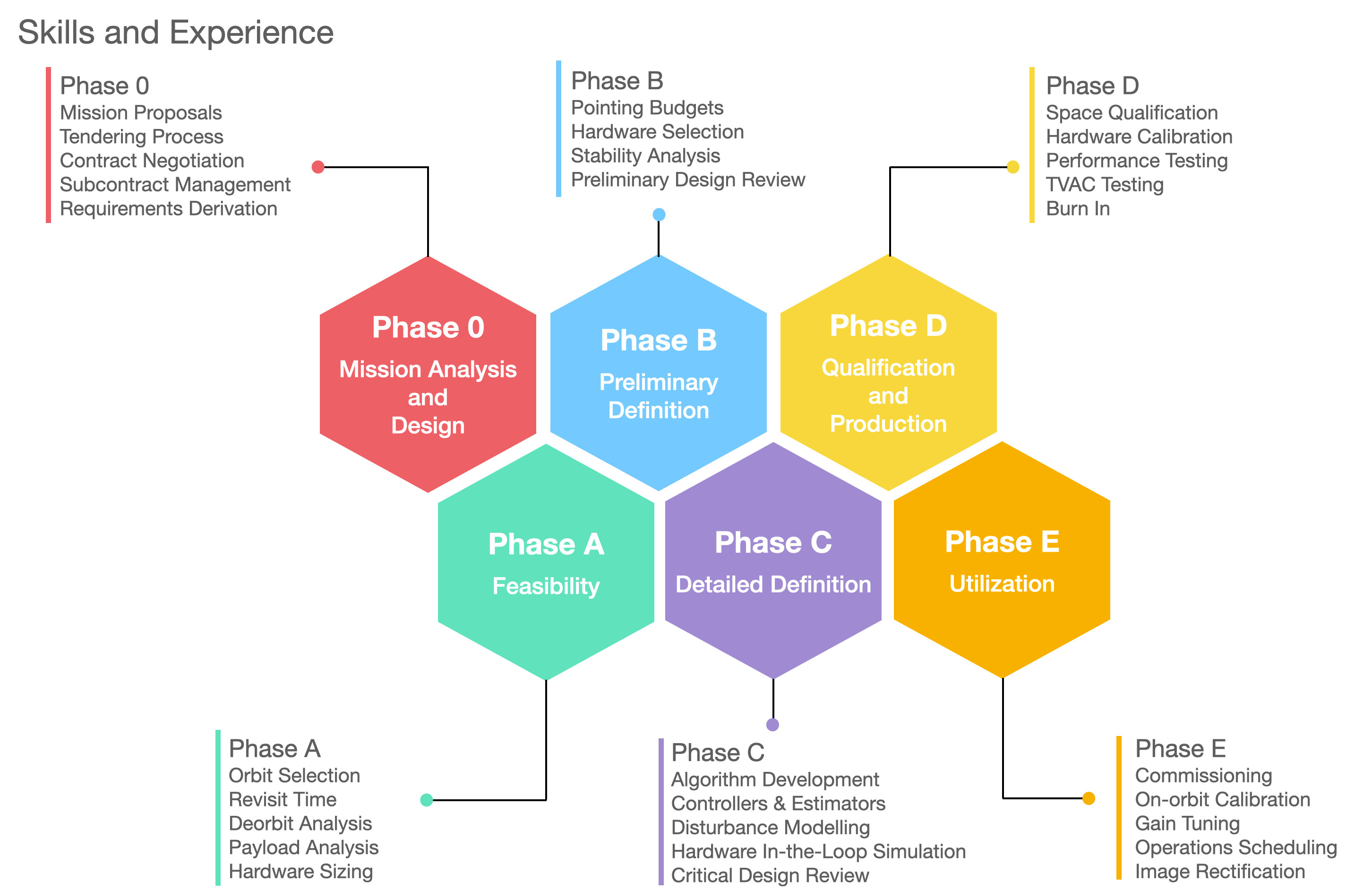
Recommended From My Bookshelf
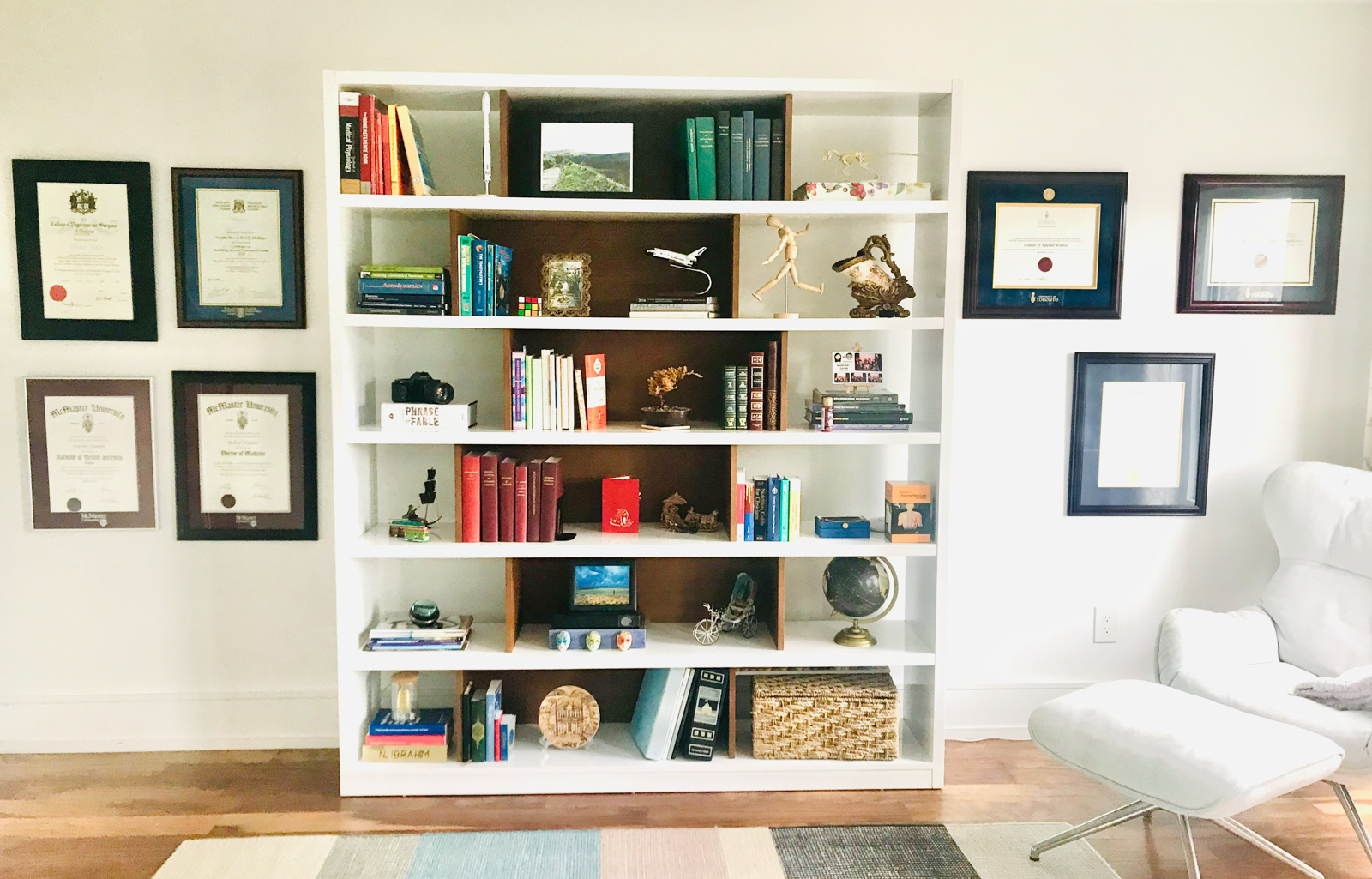
Designing spacecraft requires a combined understanding of dynamics (i.e., astro, rigid-body and flexible), estimation and multi-variable control. The following references have been indispensable in my spacecraft engineering work and mainstays in the space industry.
- Astronomical Algorithms (Jean Meeus)
- Multivariable Feedback Control (Skogestad, Postlethwaite)
- Satellite Orbits (Oliver Montenbruck)
- Spacecraft Attitude Dynamics (Peter Hughes)
- Spacecraft Dynamics & Control (Marcel Sidi)
- State Estimation for Robotics (Timothy D. Barfoot)